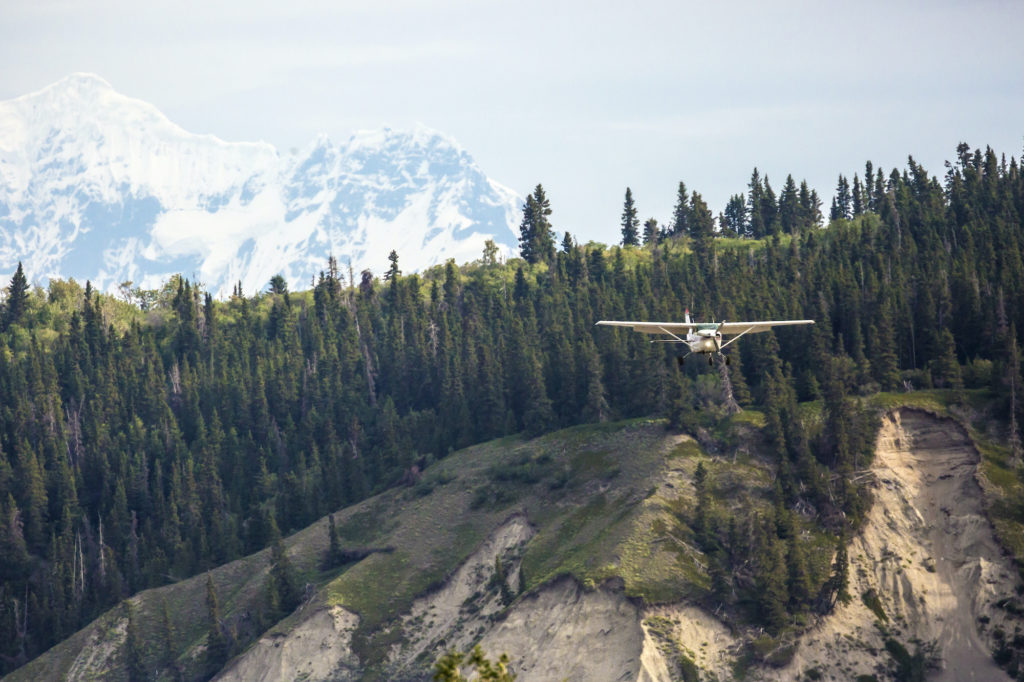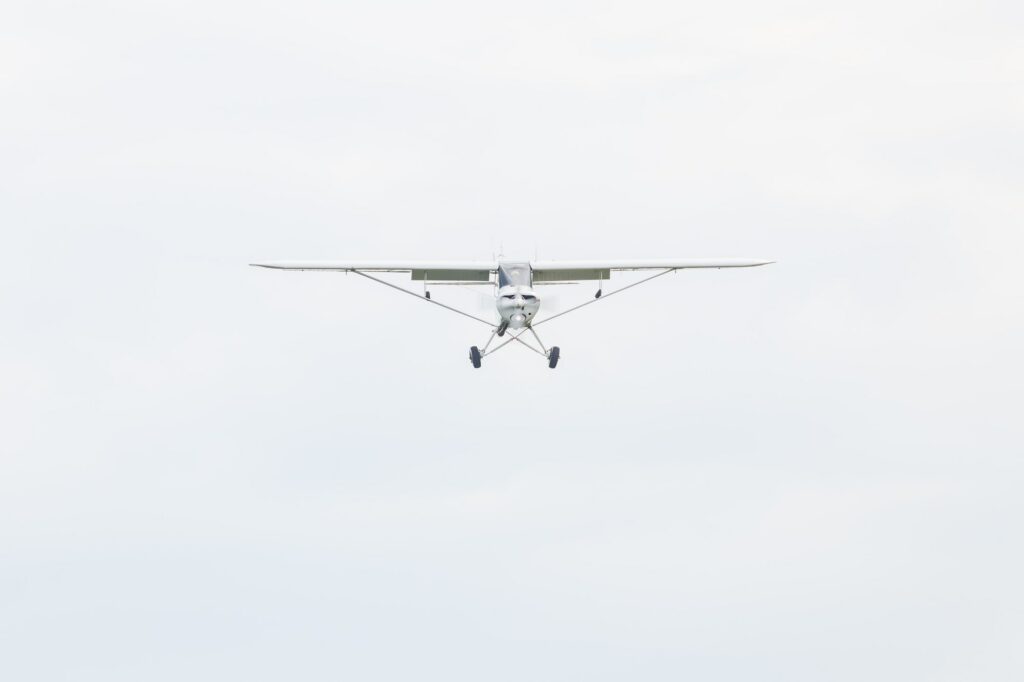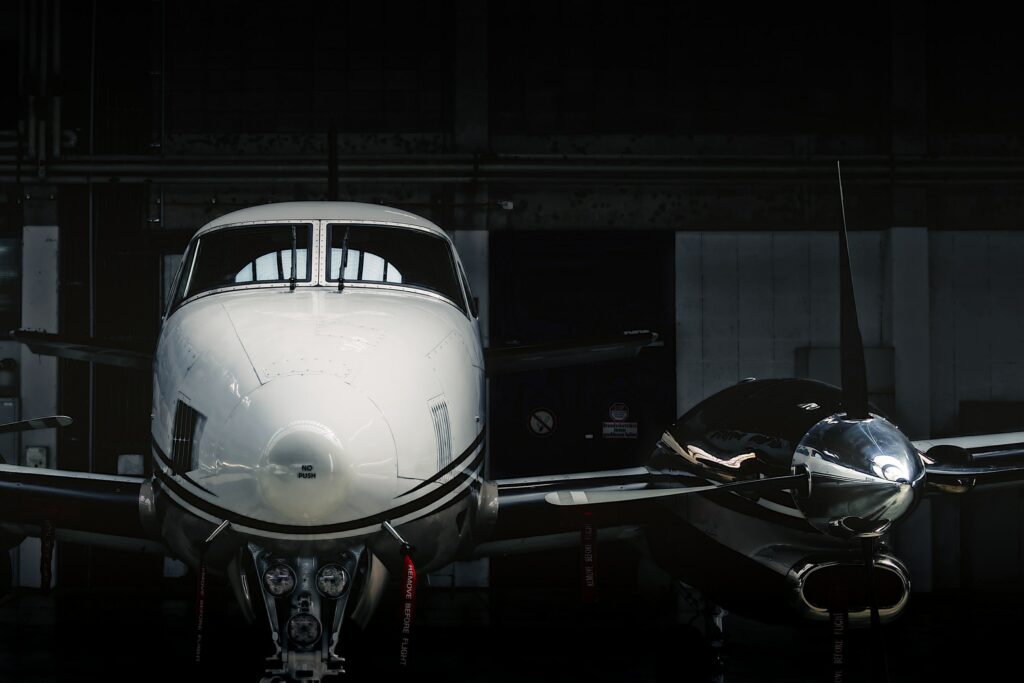
The Realism of a Flying Career
Flying for a living is a worthwhile endeavor, but it’s often portrayed unrealistically in terms of lifestyle and earning potential.
Is Becoming a Pilot a “No Brainer”?
In a cascade of news segments about a pilot shortage, it’s easy to think that becoming a pilot is a simple and excellent decision. Even within the industry, it’s very common to hear folks say things like “There’s never been a better time to become a pilot”. And they aren’t necessarily wrong, but it’s a very optimistic perspective. Unfortunately, the optimism is not necessarily warranted. The decision to embark on a flying career is more complicated, and a successful career requires a lot of hard work and no small bit of luck. A flying career can be an amazingly-rewarding opportunity, and a great way to earn a living, but pursuing it earnestly is not a decision that should be made lightly.
First and foremost, a flying career is certainly not for someone who doesn’t like flying. If flying doesn’t captivate and excite someone they are making a mistake in pursuing it as a career. Not only will they probably not enjoy their job, but they’ll very likely be unwilling to put in the required time and effort to get anywhere in the first place. It’s an expensive lesson to learn the hard way.
There are many other pilot careers outside of the airlines. But airline careers are a very common path, often the most lucrative, and—other than military flying—nearly always the focus on general population discussions about flying careers. So airline flying will remain our focus here.
Many other piloting careers suffer from the same downsides of airline flying, with generally fewer upsides. That said, for some, careers in corporate flying, the military, agriculture, or flight instruction can be fantastic, depending on the individual and the specific job. But this discussion will focus on airline flying.
High Upfront Costs
Long before aspiring airline pilots ever make their first dollar as a pilot they will need to pay a serious sum to earn their certificates and ratings. At a minimum, this will require earning a Private Pilot Certificate, and then a Commercial Pilot Certificate. But a minimally-qualified Commercial Pilot with 250-ish hours will be very uncompetitive—even in a hiring boom. Pilots without an Instrument Rating will be severely restricted and in many ways not worth hiring. So pilots will need to also earn an Instrument Rating.
Even then, they’ll struggle to find flying jobs that allow them to build time and experience. Many choose to then earn a Flight Instructor Certificate so that they can build flight time teaching new pilots. Critiqued by some as a “pyramid scheme” the reality is that it’s often the fastest way for inexperienced pilots to build time. With the right attitude, it can be a phenomenal experience builder—a challenge on the technical and interpersonal side that often prepares pilots for further learning down the line. With the wrong attitude, instructors will learn little, fail their students, and struggle in their next steps. We are pretty ardent in our belief that instructing is a great way to build experience, but it truly isn’t for everyone.
For those who don’t instruct, other low-time jobs include flying aerial survey, towing banners, patrolling pipelines, or sitting in the right seat of a corporate turboprop or jet.
At some point in the time-building process, pilots will need to add Multi-Engine privileges to their Commercial Certificate. Airlines governed under 14 CFR §121 mostly use twin-engine jets and turboprops and cannot even qualify a First Officer unless they have 50 hours of multi-engine time by the end of training, although some of that can be logged during airline training in the simulator.
All said and done, it’s not unusual for a new pilot to spend 2-3 years and $100,000 or more earning the credentials required to become part of an airline crew.
Safe…Eventually
And while airlines have recently enjoyed an enviable safety record, that is not the case in general aviation or military flying, be it flight instruction, corporate flying, or flying unscheduled cargo. As far as hobbies or jobs go, flying small airplanes is about as safe as driving a motorcycle. The non-airline aviation safety record is a real can of worms and we’d be sidetracked to go into much depth in this discussion, but suffice to say that some would-be airline pilots never get to the regionals. They die or are permanently injured in the process.
We’re not saying this to scare anyone, and most professional pilots wouldn’t hesitate to say that the benefits outweigh the risks. But the risks are real. Many of us know more than one would-be airline pilot who never will be because they are gone.
A Turbulent Industry
Even at breakneck speed and under ideal economic conditions it will take several years of hard work to join a regional airline. But the economics of flying jets is rarely ideal. Aviation is a cutthroat industry with paper-thin margins where jobs are often hard to find. It’s not at all unusual for pilots to near a milestone, say their first flying job, or their first regional airline, and find that nobody is hiring. Or that very few are, and having a job requires moving across the country for a minimum-wage job in a very high-cost-of-living area.
At the moment (mid-2023), times are good. And yet, as of June 2023, pilots closing in on regional airlines are finding it hard to get hired simply because hiring elsewhere is so intense that regionals don’t have enough Captains, and hence don’t want to hire more First Officers they can’t use, even though they need more pilots. But this is about as “good” as it gets. Very typically an aspiring regional pilot needs more than the standard 1,500 hours, and then takes the first regional job they can get, even if it means moving across the country and neglecting the rest of their life.
And while those pilots today can move on in a matter of months, historically they would need to spend about half a decade or more in the right seat, just to upgrade and spend several years building time in the left seat as a Captain, to eventually—ten or fifteen years down the line—be competitive for a major airline like United or Delta. Their annual earnings during that whole time would have never exceeded $80,000 or so, and for much of the time would have been well below $30,000.
Even once at their airline of choice, pilots only have so much stability. Because airlines run on thin margins, they’re always making adjustments to compete: opening or closing bases, retiring aircraft, and furloughing pilots. While a furloughed pilot still has a decent chance of working for their airline again, they are “temporarily” laid off. But furloughs can last a long time, sometimes a decade or more. It’s not uncommon for furloughed pilots to completely start over in a new career field and never return to flying.
And underlying all of the economic instability that comes with airline flying is the sometimes unfortunate fact that pilots are more or less married to their airline through the seniority system.
The Seniority System
The pilot groups at most airlines—particularly those at which pilots hope to spend a career—are governed by a seniority system. Most pay and quality of life aspects are controlled by a pilot’s seniority (by date of hire), including what equipment they can fly, whether they fly as a Captain or a First Officer, where they are based, what monthly schedule they have, and which vacations they can or cannot have off. While the intricacies can be detailed and confusing, even for the pilots themselves, the quality of life for a senior Captain is often far better than the quality of life of a junior First Officer—often even if the First Officer is at a much better airline.
So, many of the factors that dictate a pilot’s quality of life are based on nothing more than the date on which they were hired. The result is that once a pilot is established at an airline for more than a few years, there is enormous pressure to stay there. And, enormous consequences should they have to leave.
Unfortunately, as we’ve already discussed, the airline industry operates on thin margins, and experiences rather severe downturns somewhat regularly. Airline pilots cannot make lateral moves like workers in many other industries can. They will start again at the bottom. So if a pilot starts their career working at an airline they love, which is then taken over by a lackluster management team (a common occurrence), they will likely still stick around, because the other choice is to start all over again at the bottom.
Similarly, if an airline goes out of business, that pilot will be starting all over again at the bottom. For a pilot with twenty or thirty years of seniority at a company, this is a massive change in quality of life. Their pay will likely drop by 60% or more, and it would not be at all uncommon for a pilot in such a scenario to go from making $350,000 a year to $70,000, or even less. On top of that, hard-won benefits like pension plans have been known to evaporate overnight. This is not a doomsday prediction so much as a frank description of things that have occurred in the industry over the last thirty years. Nearly every airline pilot flying today, save for all but the most recent hires, has flown with people who’ve experienced exactly this.
Marketable Skills
For all the cocktail party awe a pilot job can inspire, it sells poorly on the labor market in other industries, particularly in recessions. There are a lot of skills necessary to good flying that would prove valuable in other industries, but hiring departments are often averse to such bold thinking, and pilots often struggle to properly describe how their skillset could be applied in a new industry. Pilots that cannot find a flying job may find that they cannot find many other jobs either. Within the industry, there are plenty of stories of unemployed pilots leaving the cockpit to deliver pizzas.
The Health Battle
On top of everything else, pilots must maintain a medical certificate that allows them to work as a pilot. This is done by an appointment every six months or every year, depending on the pilot’s age. Each visit holds the potential of ending the pilot’s career. And while disability and loss of medical plans exist, they rarely make the pilot whole and often take a while to kick in—often until well after the pilot has exhausted all of their possible sick time.
There is no due process for maintaining your medical. The FAA holds absolute authority to revoke a pilot’s medical certificate, and a pilot is expected to “self-ground” when they believe they’d no longer meet the requirements of a certificate. In short, all the liability is on the pilot.
The FAA-mandated pilot retirement age has been in the news often in the early summer of 2023, as some push to extend the required retirement date from a pilot’s 65th birthday to just short of a year after their 67th. We’re not taking a side on that, but the thorn in the side of this plan as a means to ease the pilot shortage is that as pilots age they are more and more likely to be medically retired. The top of airline seniority lists are peppered with pilots on medical leaves of absence. It’s something that all pilots have to plan for because it happens often.
On The Road, Again
With health such a necessary priority in the life of a pilot, it’s an unfortunate reality that the lifestyle most pilots have is typically very unhealthy. Pilots sit a long time, both at work and getting to and from work, often have few to no healthy food options, get routinely poor sleep, and constantly change time zones—screwing a bunch of bodily processes from hormone regulation to digestion.
Pilots can mitigate many of these issues, but it requires a lot of hard work and removes much of the glamour of the lifestyle.
And after days or weeks of traveling, most pilots are not too keen to make healthy life choices at home either.
And pilots are gone a lot! Some pilots can adjust their schedules to be home more often, but most can expect to sleep in hotels about a third to a half of the month. The airline life seems rather dull when you celebrate Christmas at 2 am in a hotel in Twin Falls, Idaho after more than fifteen years on the job, but that’s the reality of flying in the airlines. Loved ones will not always understand why you’re gone, and explanations about the reality of seniority systems will often do little to ease their frustrations.
Is there anything good about this job??
Fortunately, with all the downsides, there are a lot of great things about being an airline pilot, especially on the more senior side of a successful career. There are no guarantees, but many airline pilots, even at a mid-seniority level, make upwards of $200K per year with 15 or more days off per month. Many major airlines provide pilots with 401(k) direct contributions (not matching!) of 15% or more of their gross pay. Pilots work with interesting people from all kinds of backgrounds and make lifelong friends across the world.
And, they get to fly. Pilots see views that many of their passengers never will, and they are breathtaking and humbling. And they get to immerse themselves in the art and science of flying airplanes which—if you love it—can be enough passion to offset much of the less-than-ideal parts of the job. Many pilots will be the first to say that despite the challenges there isn’t a job they’d rather do.
But aspiring pilots should be forewarned of the challenges ahead, and have reasonable expectations going forward. A flying career can be a life-changing challenge that proves immensely rewarding, but it’s no panacea.






